WEEK10 AVANT-PRISM: WHOSE SPACE IS THIS? ROLE PLAY IN CURATING
![{"source_type":"douyin_beauty_me","data":{"activityName":"","capability_extra_v2":{"erase":[{"panel":"eliminatePen"}]},"stickerId":"","infoStickerId":"","os":"ios","capability_key":["erase"],"product":"retouch","enter_from":"enter_launch","appversion":"11.9.2","playId":"","pictureId":"BAD9CAA8-E6E2-4A80-8191-E75E283AA7F9","imageEffectId":"","filterId":""}}](https://blogs.ed.ac.uk/s2670174_curating-2024-2025sem2/wp-content/uploads/sites/11207/2025/03/IMG_3066-scaled.jpg)
Date: 28 March 2025, 15:00-17:00.
Venue: Summerhall, Edinburgh.
Attendees:Peiyao Lyu, Tianyi Chen, Tianrui Li, Beini Cai, Yuge Dai, Jianglu Xiao, Yuewen Sun, Qu Chu, Qiqi Yang, Jiayang Yang, Jiamin Zhu.
At our recent collective meeting, we role-played as a diverse group of professionals from various sectors, engaging in a discussion about an art exhibition. The central question we explored was both challenging and essential: Should exhibitions focused on women’s experiences include men as participating artists and audience members? We also debated whether to feature Anna Uddenberg’s work in the exhibition, which further deepened the conversation. The discussion highlighted the delicate balance between inclusivity and the need to maintain safe, empowering spaces for historically marginalized groups.
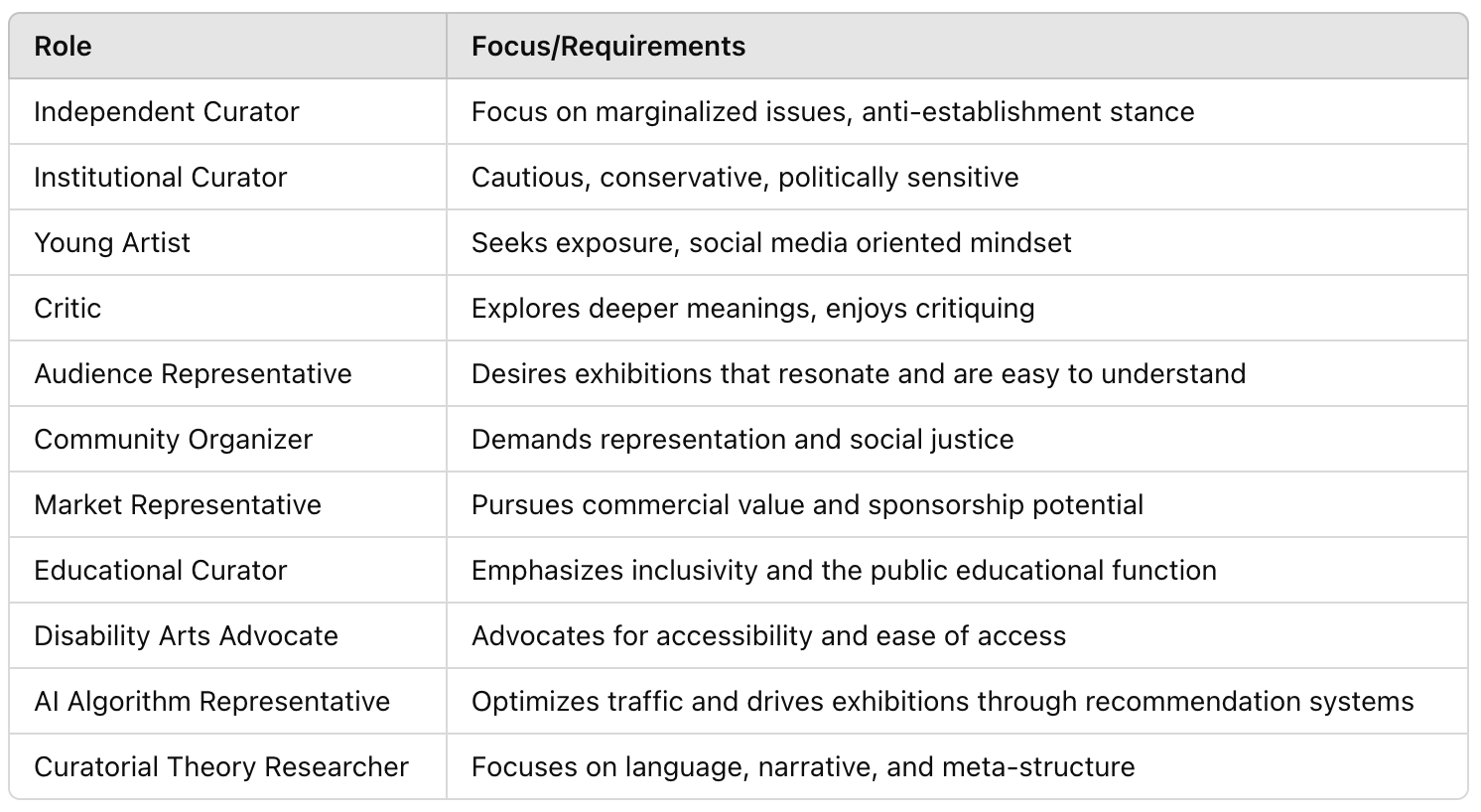
Role identity and corresponding responsibilities.
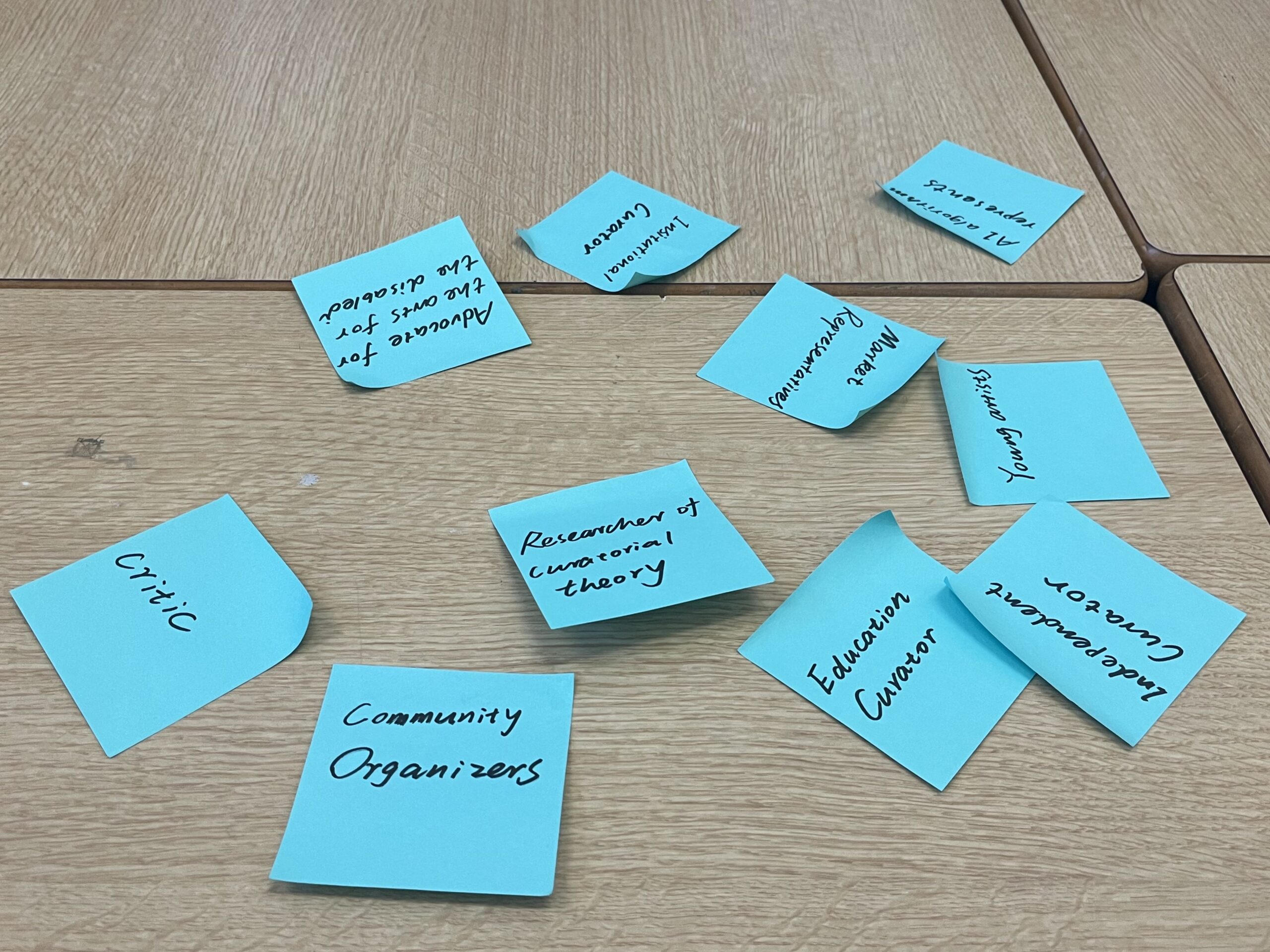
Our Identity Stickers
What is the focus of our attention?
Our dialogue begins with a reflection on the act of curating itself. Curating is more than just deciding who to invite or what works to show; it is also a structural choice-a deliberate act that shapes the narrative and spatial dynamics of an exhibition. This perspective encourages curators to consider the underlying power structures and the potential impact of every decision made in the curatorial process.
Male Artists and the Limits of Empathy
An important point of debate is whether male artists should be involved in exhibitions that focus on women. Some independent curators argue that male works are often inherently distant from women’s lived experiences. They argued that such works may be too personal or intellectualised and may diminish the safe spaces that women deserve. It was agreed that while male perspectives are valuable in wider discussions, their direct involvement in female-centred spaces may undermine the core aim of the exhibition, which is to amplify oppressed voices.
Community Organizers’ Standpoint (my position)
From the perspective of community organizers, the primary responsibility is to safeguard the expressive and participatory rights of women and other marginalized groups. The underlying rationale for a women-themed exhibition is to redress the long-standing imbalance in public and cultural spaces. Accordingly, it is imperative that the exhibition remain centered on empowering those who have been historically oppressed. While there is room for discussion about broader gender participation, the priority must be to ensure that women’s voices are not overshadowed or diminished by male presence. Many of Anna Uddenberg’s works are actually more likely to cause discomfort to female viewers than to promote social concern and reflection on gender issues.
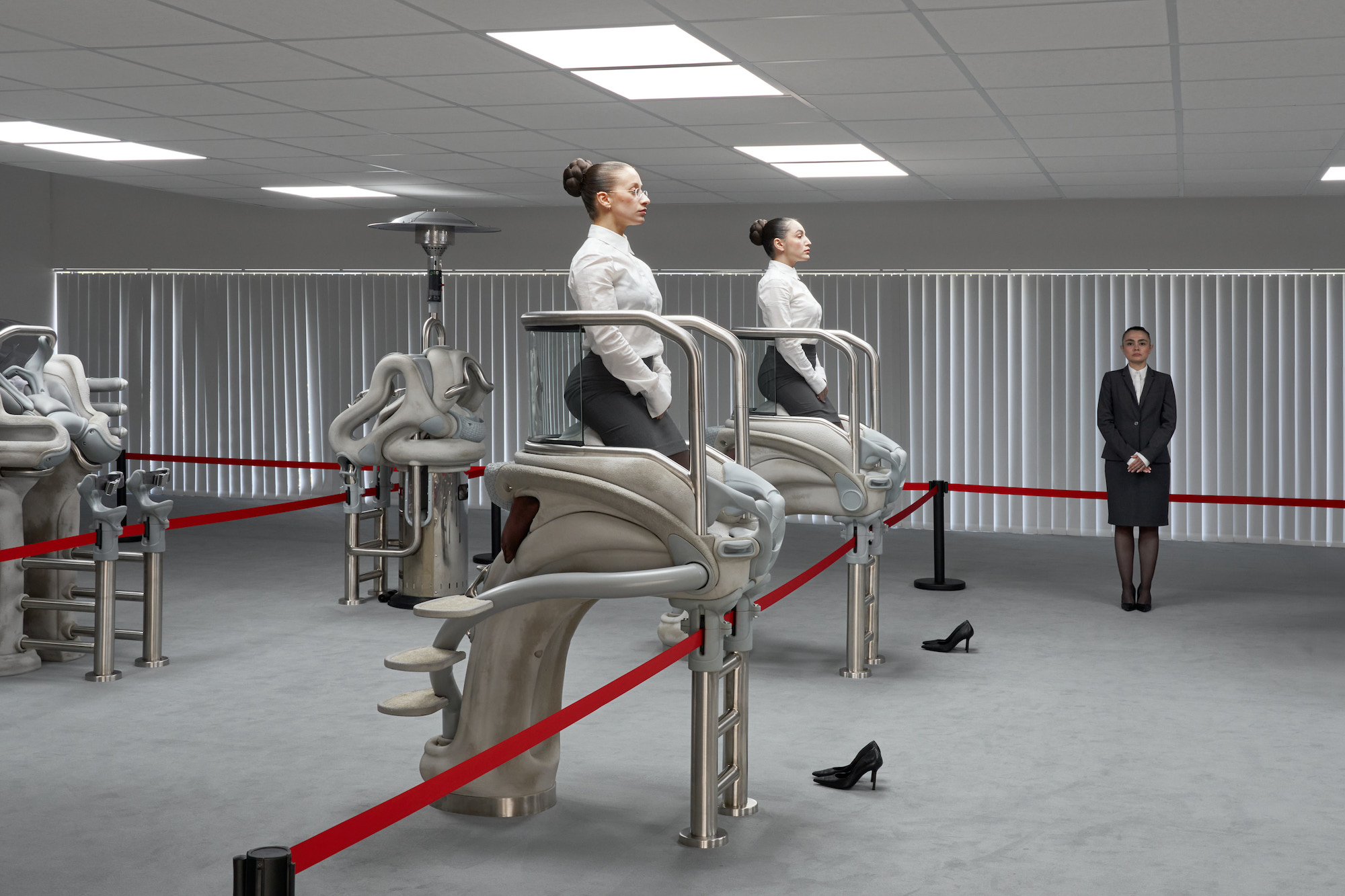
Anna Uddenberg, Useless Sacrifice (film still), 2023. Image courtesy of the artist, Black Cube Nomadic Art Museum, and Kraupa-Tuskany Zeidler.
Conclusion
The issue of male participation in female-themed exhibitions cannot be reduced to a binary choice. It requires a nuanced approach that views curatorial practice as a process of structural choice – carefully considering how gender dynamics are represented and negotiated. While female-centred spaces are essential for addressing historical imbalances and empowering marginalised voices, there is also potential value in introducing critical male perspectives in controlled and clearly defined contexts. Ultimately, the goal is to foster an inclusive and responsive dialogue that remains true to the core mission of the exhibition, which is to rebalance power and reclaim female autonomy.
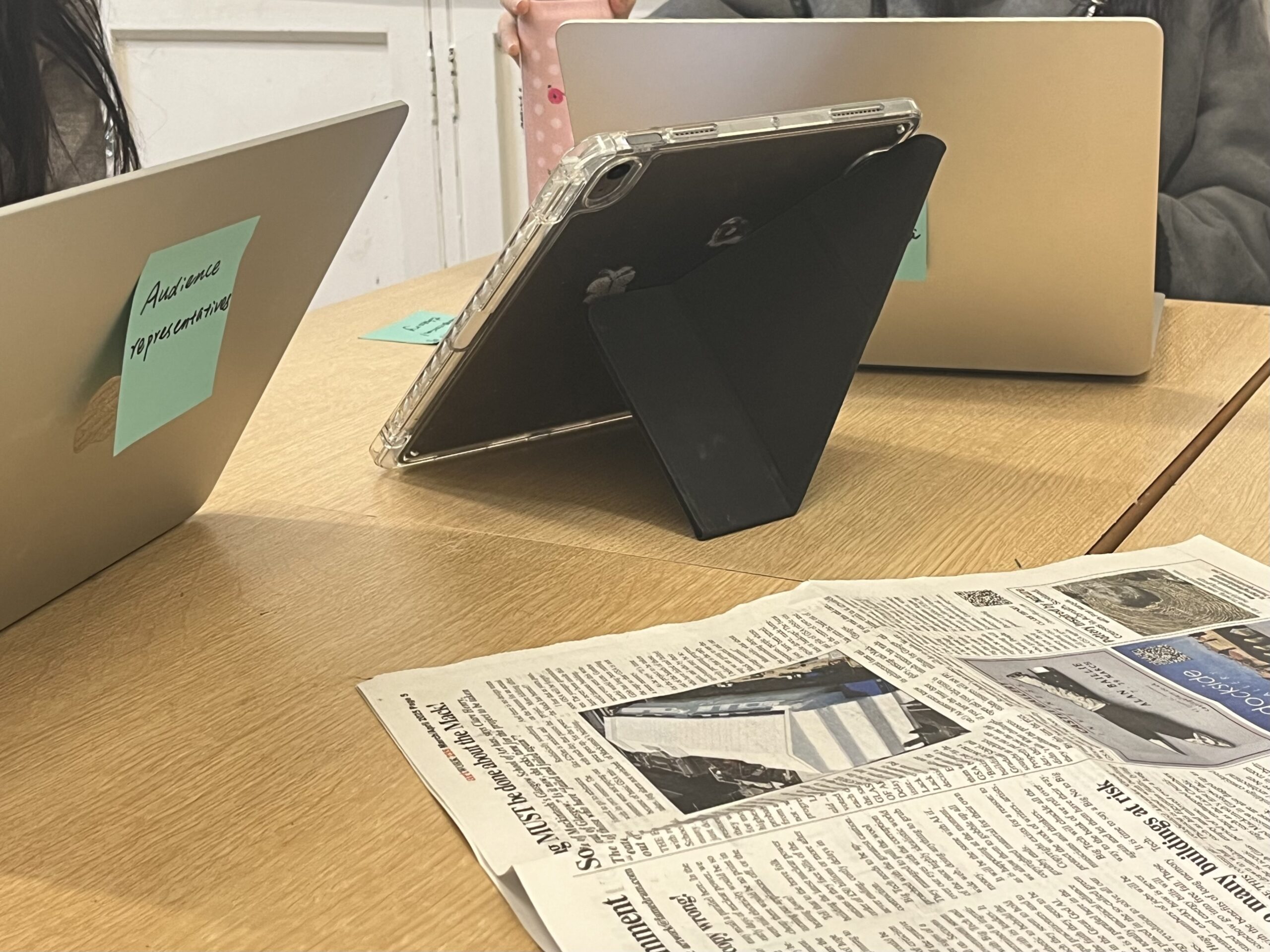
Pictures of collective meetings.
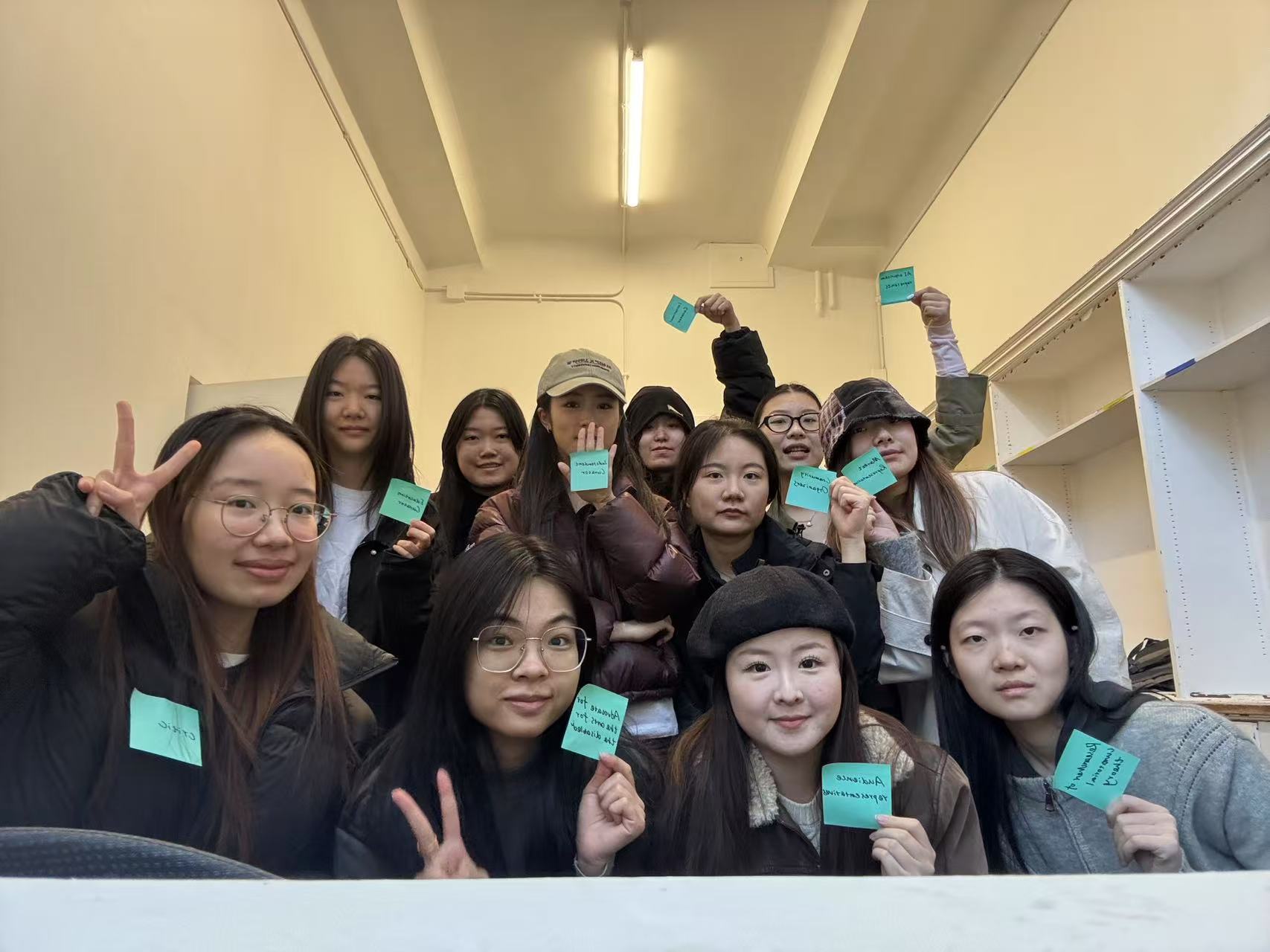
A group photo of us with different ID badges.
References
Butler, Judith. Gender Trouble: Feminism and the Subversion of Identity. New York: Routledge, 1990.
Deepwell, Katy. “The Feminist Critique of Art History.” Art History 33, no. 4 (2010): 744-759.
Hooks, bell. Art on My Mind: Visual Politics. New York: The New Press, 1995.
Jones, Amelia. Seeing Differently: A History and Theory of Identification and the Visual Arts. London: Routledge, 2012.
Lippard, Lucy R. The Pink Glass Swan: Selected Essays on Feminist Art. New York: The New Press, 1995.
Nochlin, Linda. “Why Have There Been No Great Women Artists?” ARTnews 69, no. 9 (1971): 22-39.
Pollock, Griselda. Differencing the Canon: Feminist Desire and the Writing of Art’s Histories. London: Routledge, 1999.
Reckitt, Helena, editor. Art and Feminism. London: Phaidon, 2012.
Schor, Mira. A Decade of Negative Thinking: Essays on Art, Politics, and Daily Life. Durham: Duke University Press, 2009.
WEEK10 AVANT-PRISM: WHOSE SPACE IS THIS? ROLE PLAY IN CURATING / Tianyi Chen / Curating (2024-2025)[SEM2] by is licensed under a
1 replies to “WEEK10 AVANT-PRISM: WHOSE SPACE IS THIS? ROLE PLAY IN CURATING”
Leave a reply to mjack2
WEEK10 AVANT-PRISM: WHOSE SPACE IS THIS? ROLE PLAY IN CURATING / Tianyi Chen / Curating (2024-2025)[SEM2] by is licensed under a


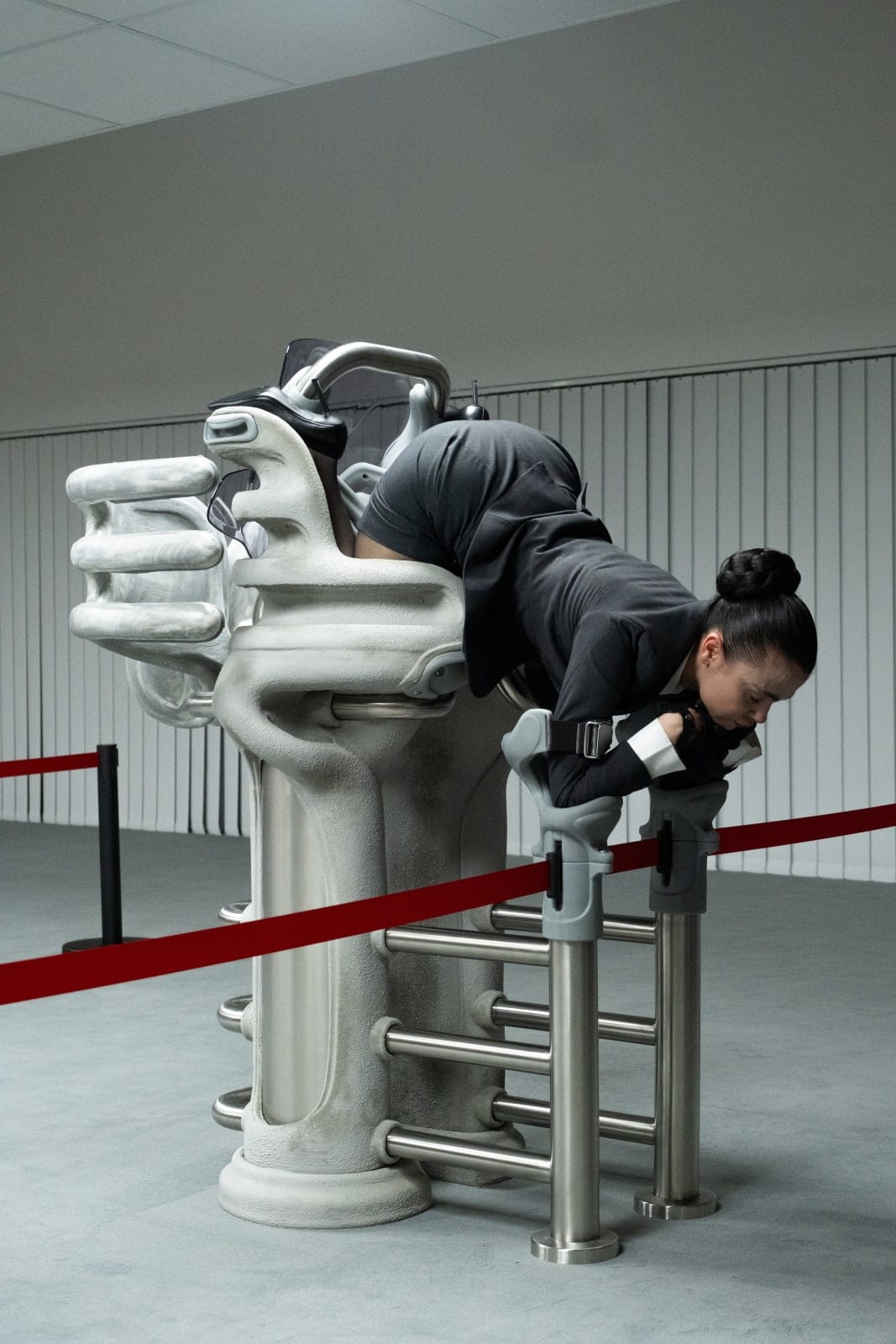


Your week seven to ten blog posts document the further refinement of your ideas in relation to your Speculative Independent Curatorial Project, alongside some reflection upon your activities in and around the Collective Space.
You give focus to some exhibitions that have been influential, such as You Are My Kindred Spirit, and your analysis breaks down some of the curatorial decision-making in a productive way (i.e. uses of sound, narrative paths through space). Be careful to avoid unqualified descripts, such as ‘masterful,’ as this takes away from your critical precision. You draw clear lines between this course content and the learnings you’ve taken from this—the next step is to connect this to your proposal design.
In your discussion of Portia Zvavahera’s exhibition, you strike a balance between discussion of the artworks and their themes with a broader consideration of the exhibition as a whole (i.e. its naming, how it unfolds). This works quite well and offers you a template for how you might discuss individual artworks in relation to a curatorial framework within your SICP proposal. Bringing in Zvavahera’s own writing and further sources also helps to root your writing in a discursive field.
In your reflection upon Anna Uddenberg’s exhibition, following your Collective Space role play, you draw upon a rich set of feminist references. It isn’t necessarily clear how these inform your writing—you may wish to use quotes and/or paraphrase key ideas—but this points to an appropriate discursive field. For your SICP proposal, I encourage you to do the same with your topic of myth / ritual / storytelling, making the connection between readings and curatorial approach explicit. The practicalities are important, and you have begun to address them well (i.e. space, venue), but the creative and critical framework is key.